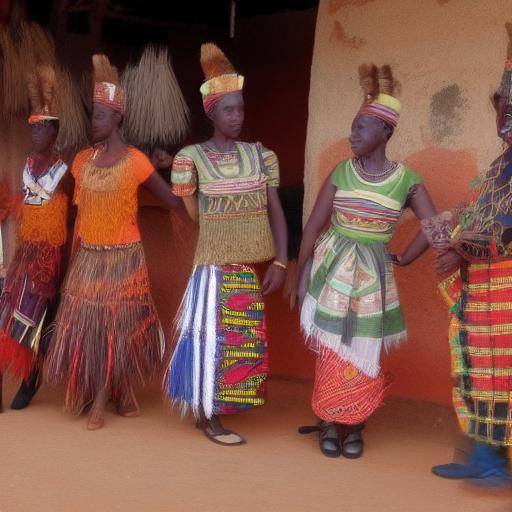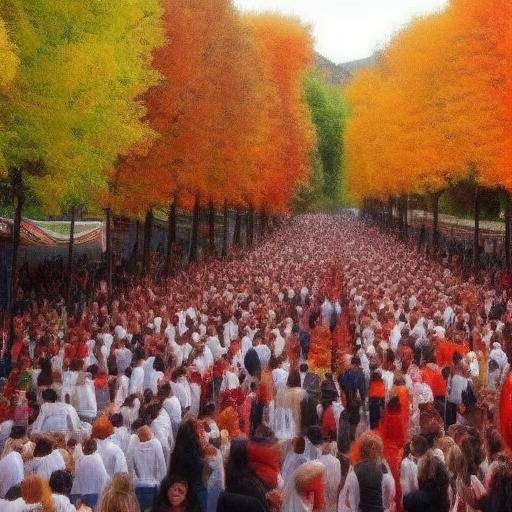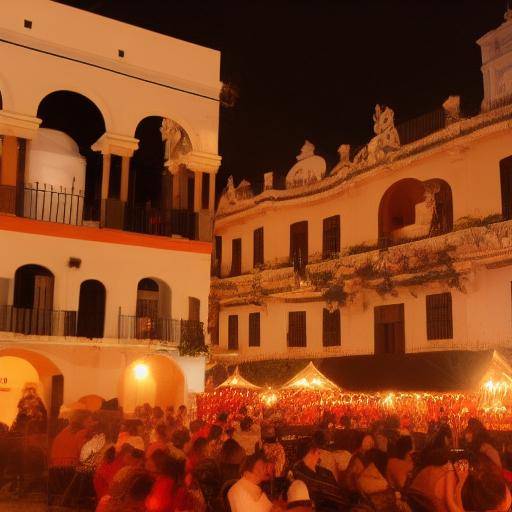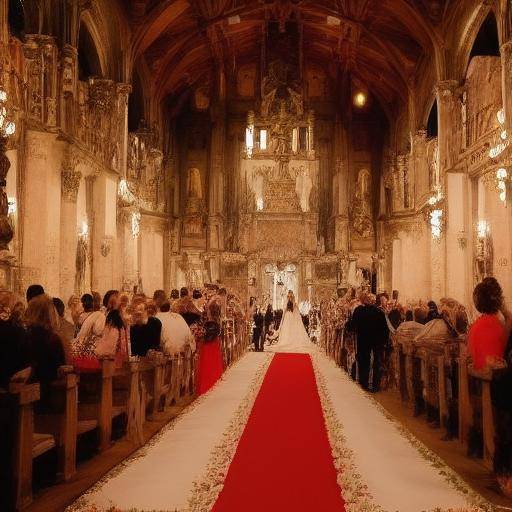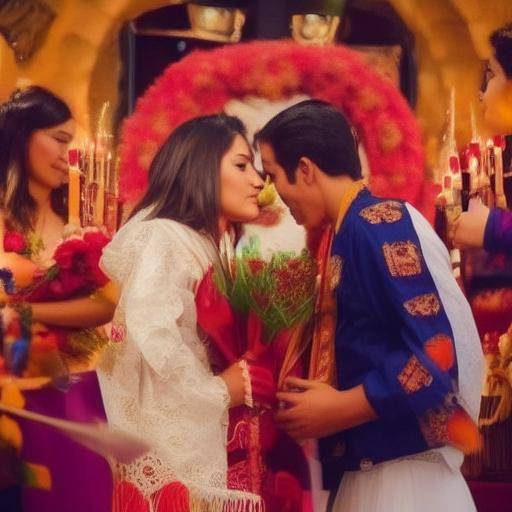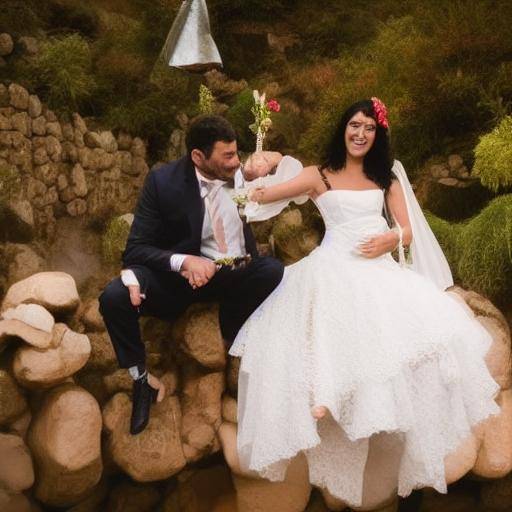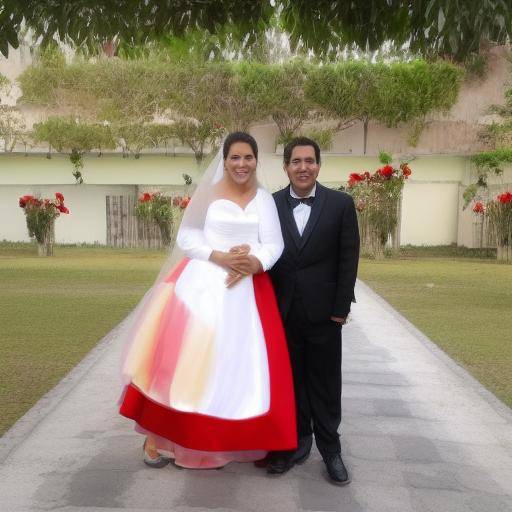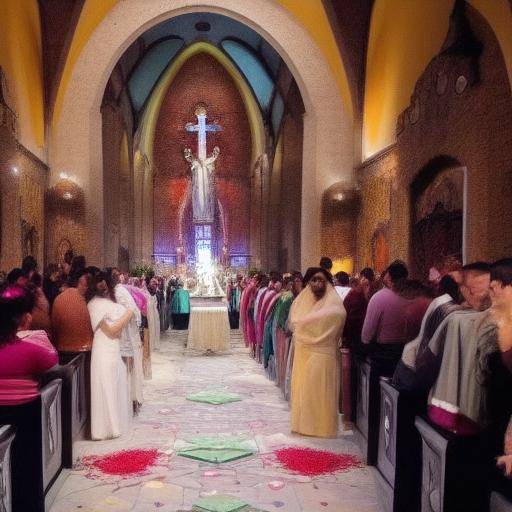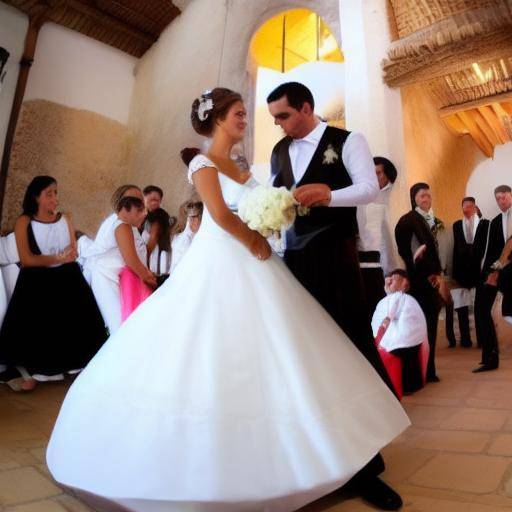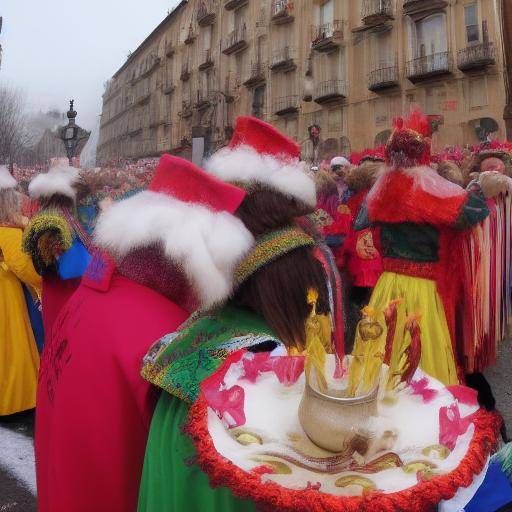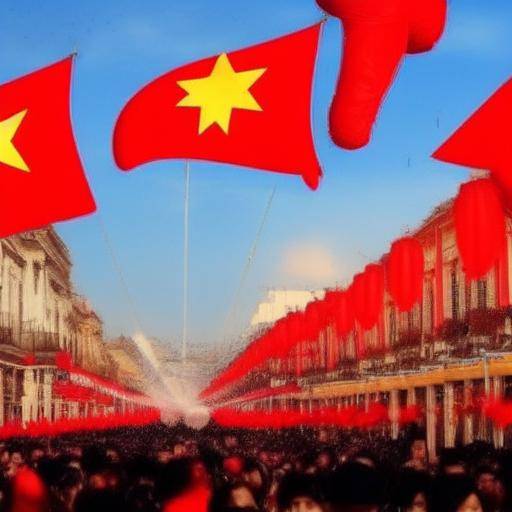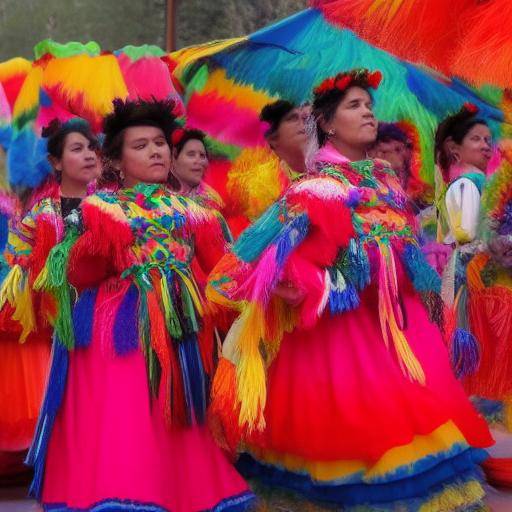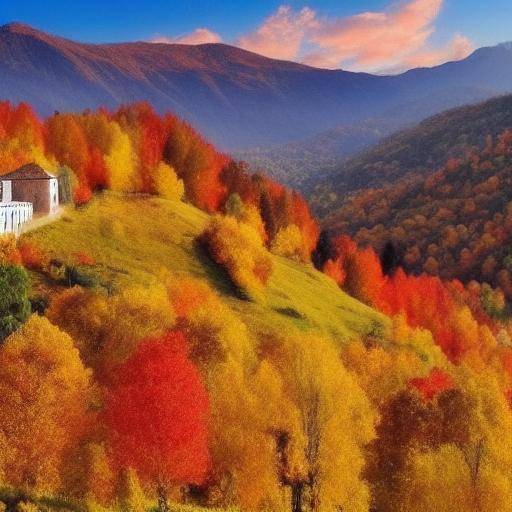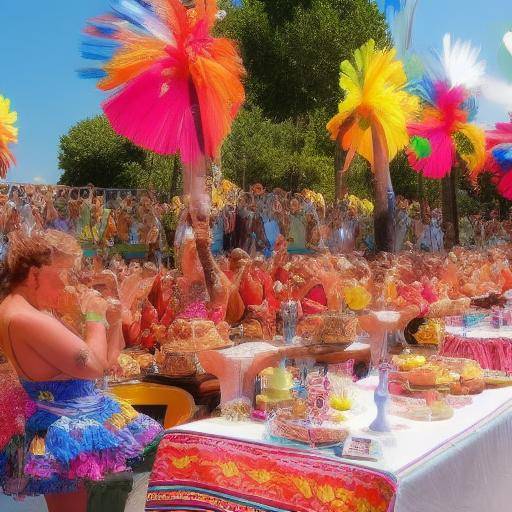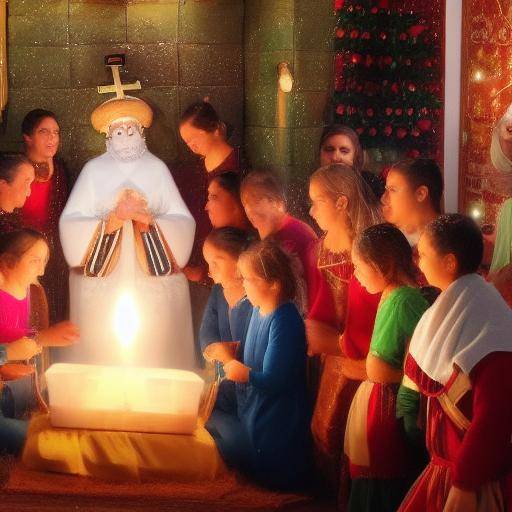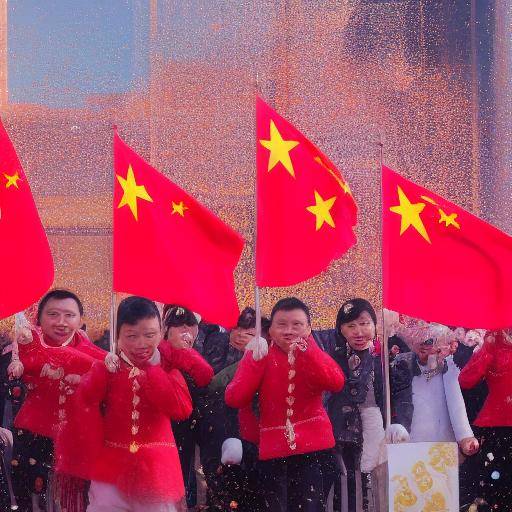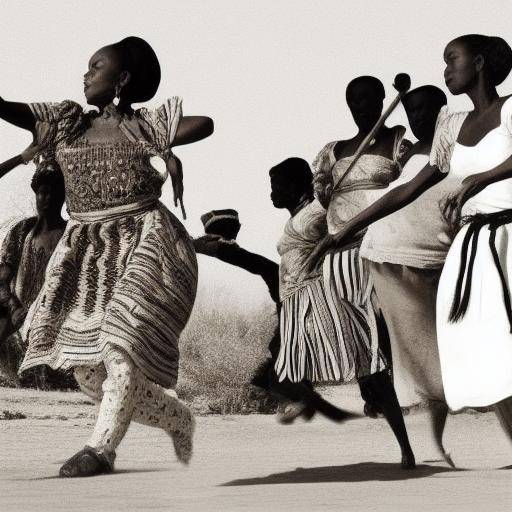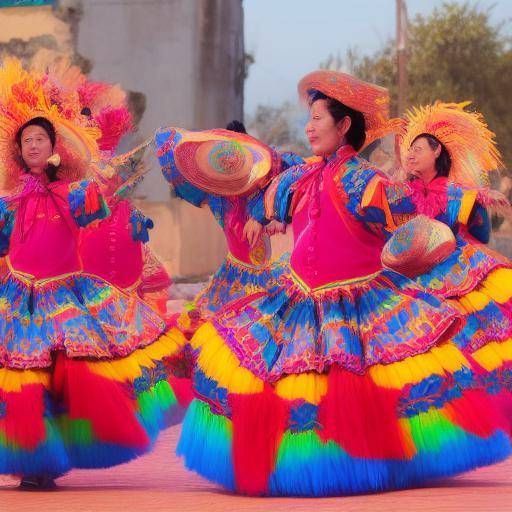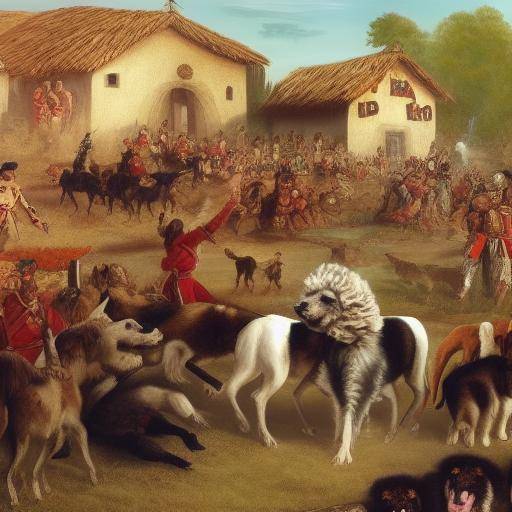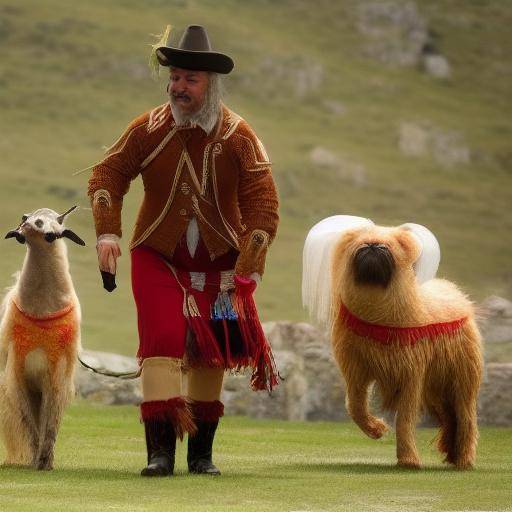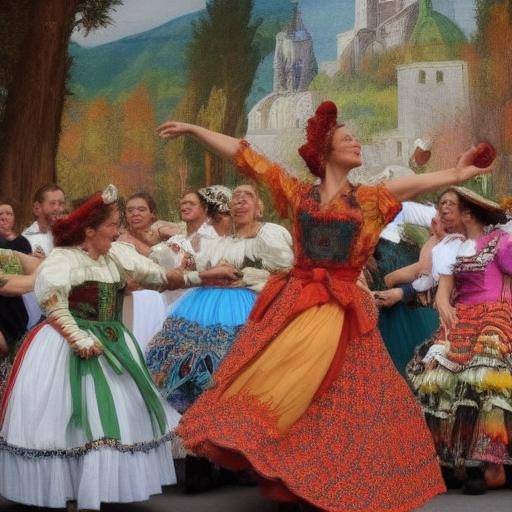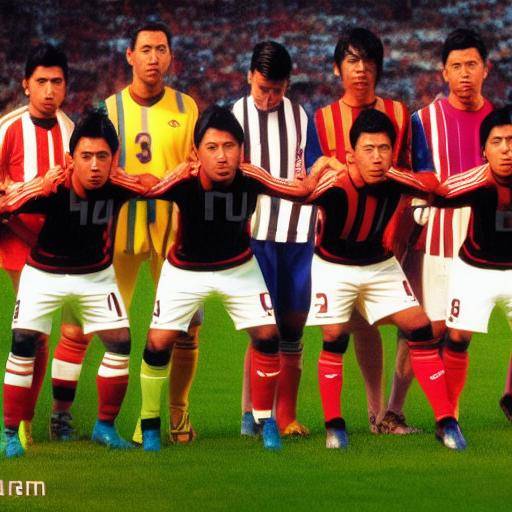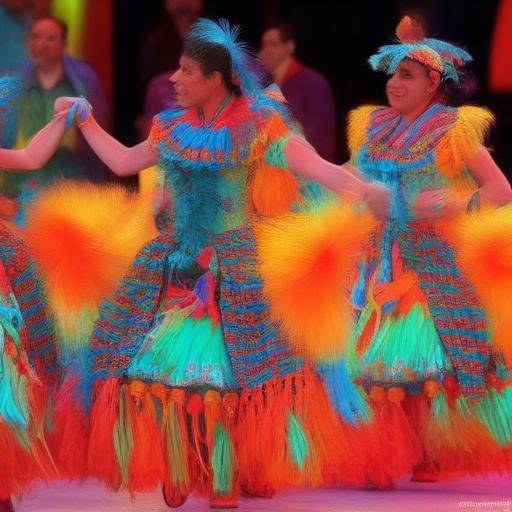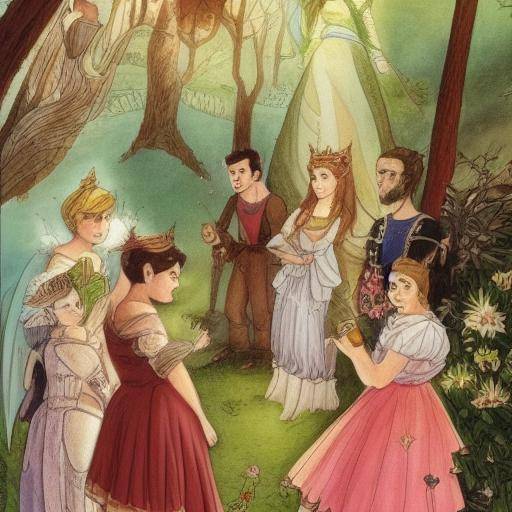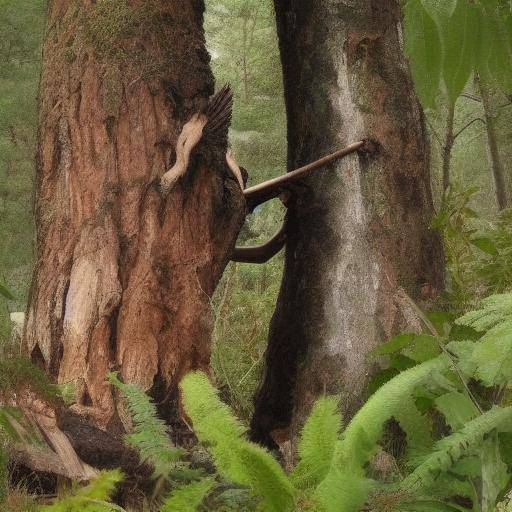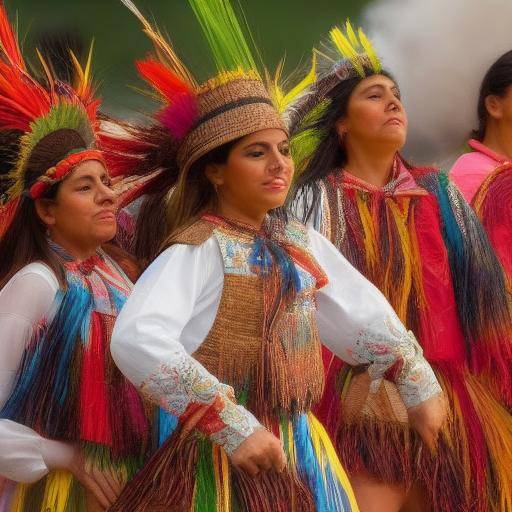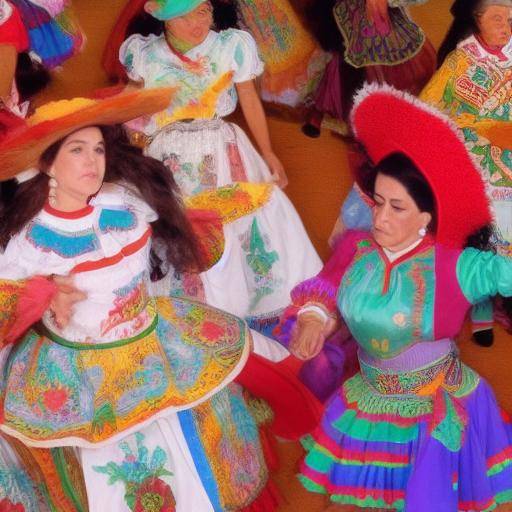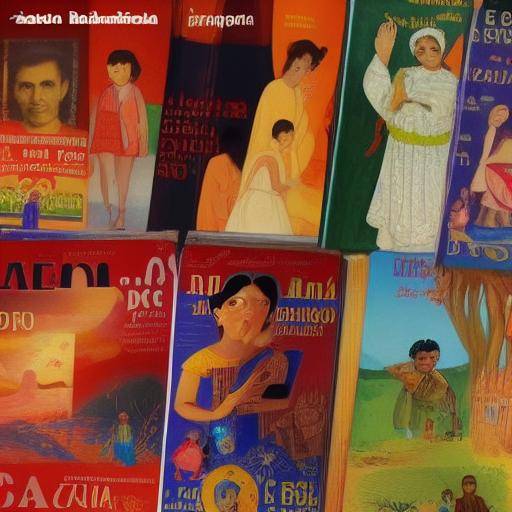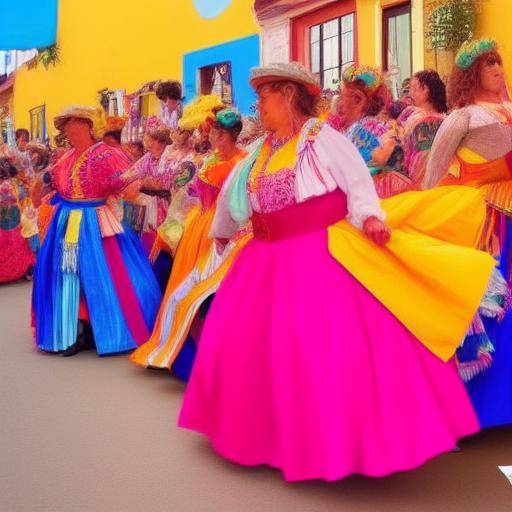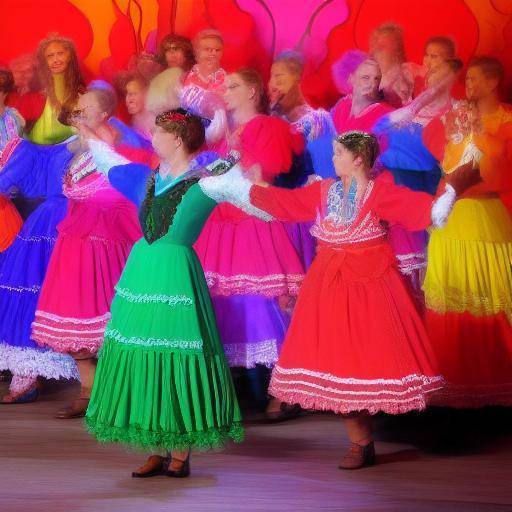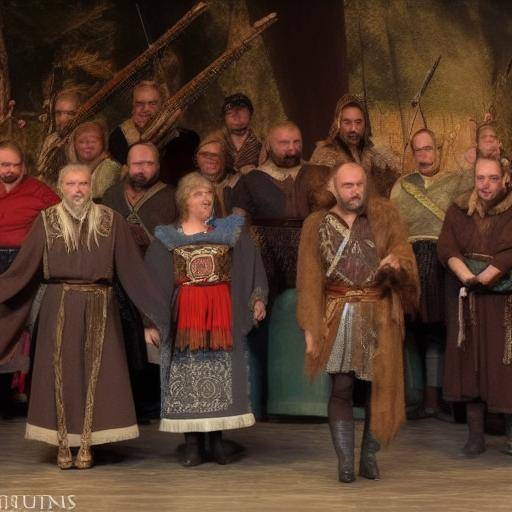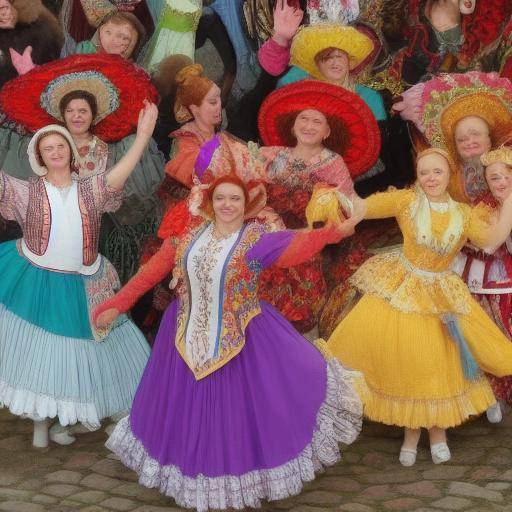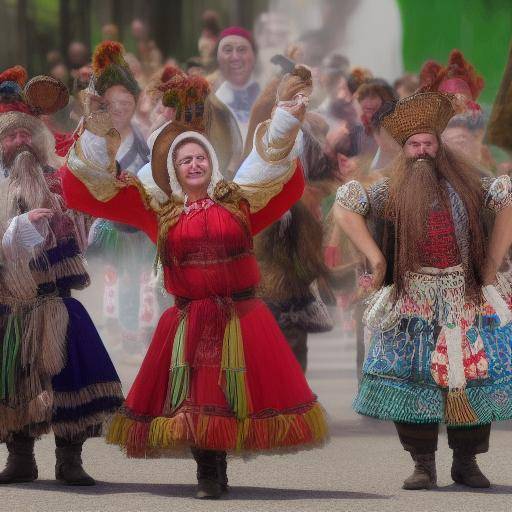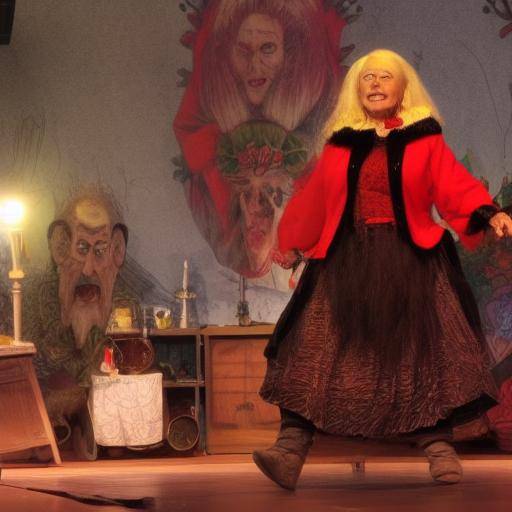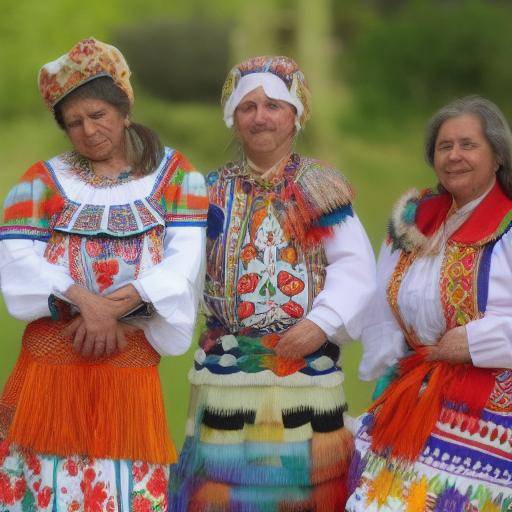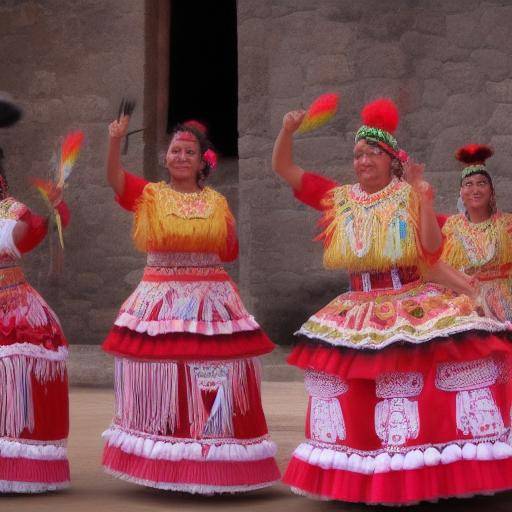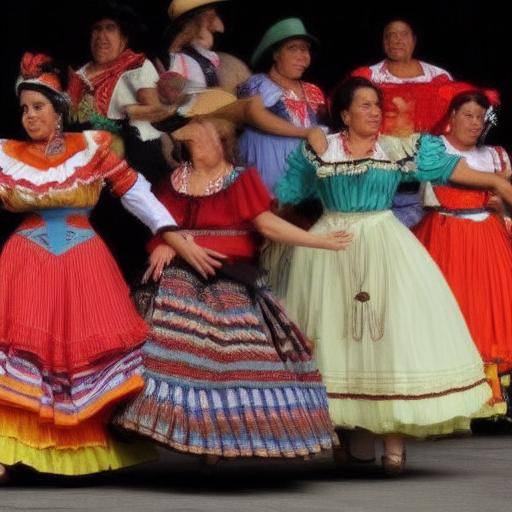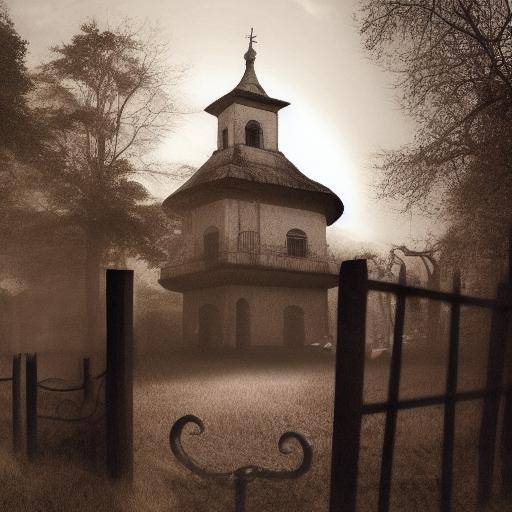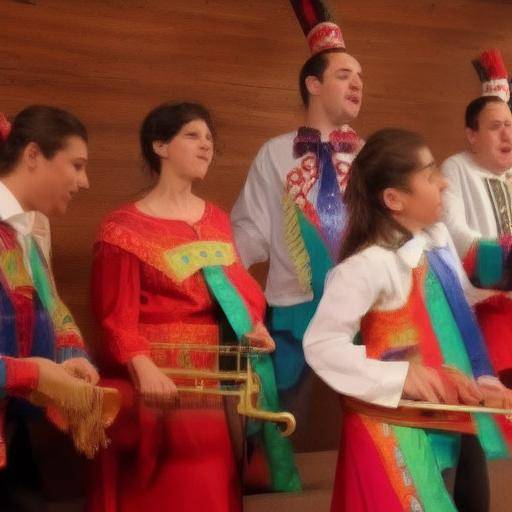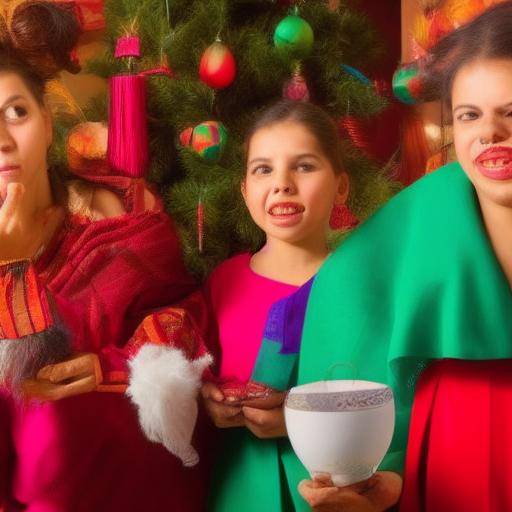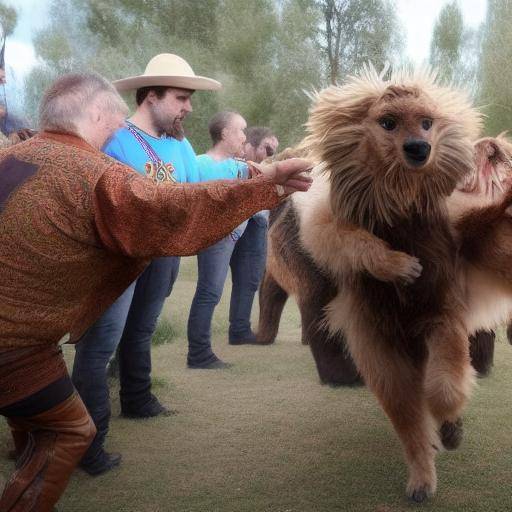
Russian folklore is rich in symbolism, myths and traditions, and animals play a leading role in this rich cultural heritage. Explore with us the fascinating world of animal symbolism in Russian folklore, discovering the deep connection between the nature, mythology and popular traditions of Russia. Throughout this article, we will analyze the meaning of various animals in Russian folklore, their cultural importance and their relevance in contemporary society. Join us on this amazing journey through the enchanted forests and the ancestral lands of Russia, where animals acquire a transcendental meaning and intertwine with the very essence of Russian identity.
Introduction
Russian folklore is a treasure of narratives that have been transmitted from generation to generation, and animal symbolism occupies a central place in these ancient stories. Through the symbolic representation of animals, Russian folklore offers a window to the Russian worldview, its values, beliefs and its deep connection to nature. Understanding animal symbolism in Russian folklore is getting into a deeper understanding of Russian culture, its traditions and its unique worldview.
History and Background
Origins of animal symbolism in Russian folklore
The symbolism of animals in Russian folklore has deep roots that date back to the old pagan beliefs of the Slavs. The Slavs worshiped nature and believed in the existence of animal spirits that inhabited the forests, rivers and mountains. These beliefs merged with the arrival of Christianity to Russia, leading to a rich amalgam of symbols and meanings.
The evolution of animal symbolism throughout Russian history
During the history of Russia, animal symbolism has undergone significant changes. From the influence of imperial dynasties to the Soviet era, animals in Russian folklore have reflected the historical, social and political realities of the country.
Meaning of specific animals in Russian folklore
The bear
The bear, considered the king of the forest, is a powerful symbol in Russian folklore. It represents strength, wisdom and connection with the divine. In numerous popular stories, the bear is a mystical character that guides and protects the protagonists.
The Wolf
The wolf is another animal with great relevance in Russian folklore. He is associated with cunning, courage and ferocity. In folk narratives, the wolf is often an antagonist who challenges heroes, personifying the dangers and challenges they must face.
The bird of fire
The bird of fire is a magical creature that symbolizes beauty, freedom and transformation. Its bright and mystical image makes it a symbol of high aspirations and extraordinary achievements.
Analysis in Deep
The symbolism of animals in Russian folklore is a subject of deep interest and its implications encompasses diverse fields, from literature and art to psychology and sociology. Then we will explore the scope and dimensions of this symbolism, as well as its influence on contemporary culture.
Comprehensive review
Animal symbolism in Russian art
Russian art has been deeply influenced by animal symbolism. Paintings, sculptures and literary works have captured the essence of animal symbolism, offering an enriching look at Russian identity and its relation to nature.
The Impact of Animal Symbolism in Modern Society
Despite social and technological changes, the symbolism of animals in Russian folklore remains relevant in contemporary society. This symbolism is manifested in various forms, from artistic expressions to the celebration of traditional festivals where animals occupy a prominent place.
The psychology of animal symbolism in Russian folklore
The symbolism of animals in Russian folklore is not only a cultural matter, but also has deep psychological implications. Animal archetypes in Russian folklore reflect aspects of the collective unconscious and provide a deeper understanding of the human psyche.
Comparative analysis
The symbolism of animals in Russian folklore shares similarities and differences with other folk traditions of the world. By comparing Russian animal symbolism with that of other cultures, universal connections and cultural singularities are revealed that enrich our understanding of the world.
Practical Tips and Accessible Recommendations
For those who wish to explore animal symbolism in Russian folklore, here are some practical recommendations:
- Read classic works of Russian literature that include animal symbolism.
- It attends Russian folk festivals where animal symbolism is displayed in dances and performances.
- Research Slavic mythology to understand the deepest roots of animal symbolism in Russian culture.
Conclusions and FAQs
In conclusion, the symbolism of animals in Russian folklore is not only a testament to the rich Russian cultural heritage, but also a reflection of the deep connection between human beings and nature. Over the centuries, this symbolism has evolved and continues to be a source of inspiration and meaning for contemporary society.
Frequently asked questions
1. What animals are especially significant in Russian folklore?
The most significant animals in Russian folklore include bear, wolf, firebird, horse and fox, among others. Each animal has unique symbolic attributes that reflect different aspects of the Russian worldview.
2. How is animal symbolism reflected in Russian art?
The symbolism of animals is reflected in various artistic forms, such as paintings, sculptures, folkloric dances and music. Russian art has captured the essence of animal symbolism over the centuries, giving it a prominent place in creative expression.
3. What is the role of animals in Russian folk tales?
Animals play different roles in Russian folk tales, from being guides and protectors to antagonists and symbols of undomitable nature. These roles reflect the complex relationship between humans and the natural environment in Russian folklore.
4. How has animal symbolism evolved throughout Russian history?
From the pagan beliefs of the Slavs to the influence of Christianity and socio-political changes, the symbolism of the animals in Russian folklore has experienced a dynamic evolution that reflects changes in culture and society over time.
5. What do animals have in Slavic mythology?
In Slavic mythology, animals are seen as protective spirits and guides, with symbolic attributes that represent concepts such as strength, wisdom, cunning and connection with the divine. These attributes are intertwined with Slavic cosmovision and reflected in Russian folklore.
6. What is the relevance of animal symbolism in Russian contemporary society?
The symbolism of animals in Russian folklore remains relevant in contemporary society, manifesting itself in artistic expressions, traditional festivals and the preservation of folklore narratives. This relevance demonstrates the persistence of animal symbolism as a source of cultural identity and spirituality in Russia.
In short, the symbolism of animals in Russian folklore is a fascinating world that offers a deeper understanding of the Russian worldview and its connection to nature. Through this article, we have explored its historical roots, its impact on contemporary society and its significance in art and psychology. The symbolism of animals in Russian folklore is an extraordinary cultural legacy that continues to inspire, captivate and enrich our understanding of the world.
We hope that this dive into animal symbolism in Russian folklore has been as enriching to you as it was to us!
External link 1: Russian Folk InstituteExternal link 2: Russian Folklore State MuseumExternal link 3: Russian Folklore Encyclopedia
With this article, we hope to have offered a detailed and enriching view on the fascinating theme of animal symbolism in Russian folklore. While it is a vast and rich terrain, we have tried to provide a comprehensive perspective covering contemporary history, art, psychology and culture. We appreciate your time and attention, and we hope to have aroused your interest in this fascinating theme.

